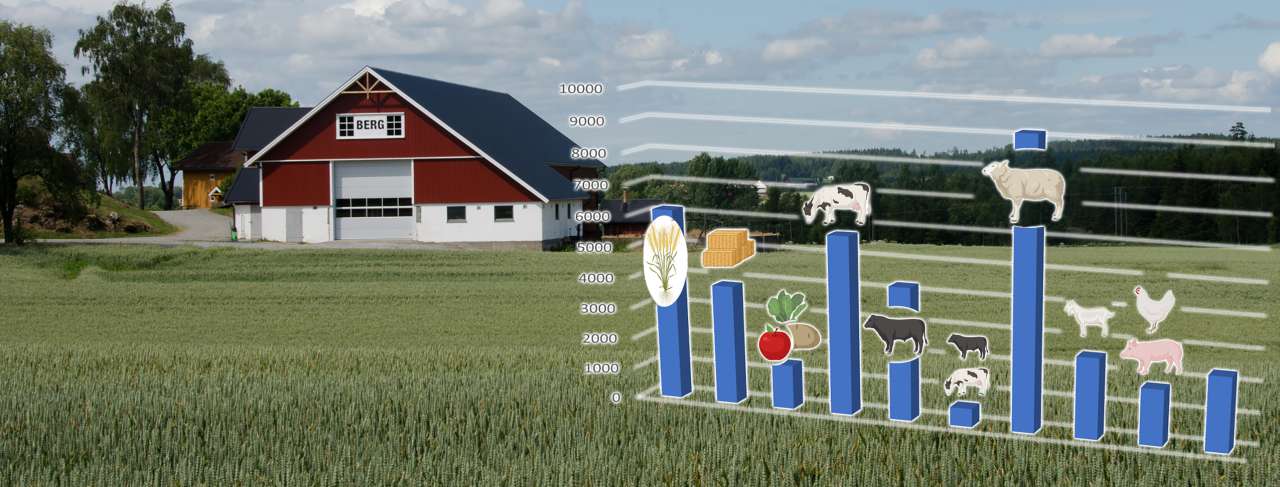Farmer incomes – the numbers explained

Photo: Dan Aamlid
The Agricultural Budget Committee showed that the average Norwegian farmer earned just over NOK 400,000 per work year in 2023. However, this figure doesn’t give the full picture. NIBIO’s farm management surveys reveal that annual incomes in agriculture vary significantly between farms.
In 2023, there were 37,561 active farms in Norway, but their numbers and sizes differ greatly across counties. For instance, farms in Vestland and Agder are notably smaller than in other regions. Farmers aren’t wage earners; they are self-employed, and income is the result of profit minus expenses. Most farmers also rely substantially on other sources of income.
Agricultural enterprises are dependent on government regulations affecting prices, tariffs, and subsidies. Over the past three years, government subsidies have increased to offset rising costs. The government has also pledged to reduce the income gap between farmers and other professions by 2027.
The survey of account statistics for agriculture and forestry, provide insights into income variations across regions and production types. Over 900 farms participate in the surveys, reporting income per work year for various sectors. In cereal farming, farm size has little impact on economic result per work year. Factors like investments, debt, climate, soil quality, and yield variations affect results.
Dairy farming requires larger investments, and many dairy farmers carry substantial debt. Geography and subsidy rates also affect profitability. Sheep farmers have low average incomes, but results vary substantially. Farms combining sheep farming with other activities tend to perform better.
Farmers’ incomes vary widely and are affected by numerous factors. These surveys provide valuable insights, illustrating the complexity and challenges of Norwegian agriculture.
Contacts

Purpose
NIBIO compiles extensive data that describes the economics of Norwegian agriculture. This is invaluable for the annual agricultural settlements and crucial for an informed public debate.
Funding: Ministry of Agriculture and Food
Contacts

